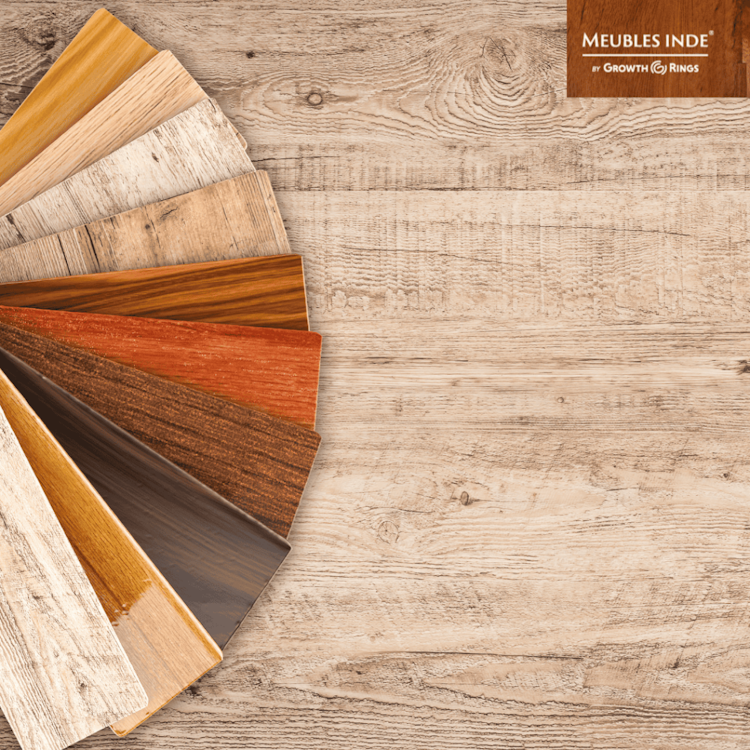In recent times, there’s been a noticeable rise in people’s interest in eco-friendly furniture. This surge is driven by a growing awareness of the importance of protecting our environment.
Making furniture sustainably is not just a trend; it’s a crucial step towards preserving our planet for future generations.
What is Eco-Friendly Furniture Making?
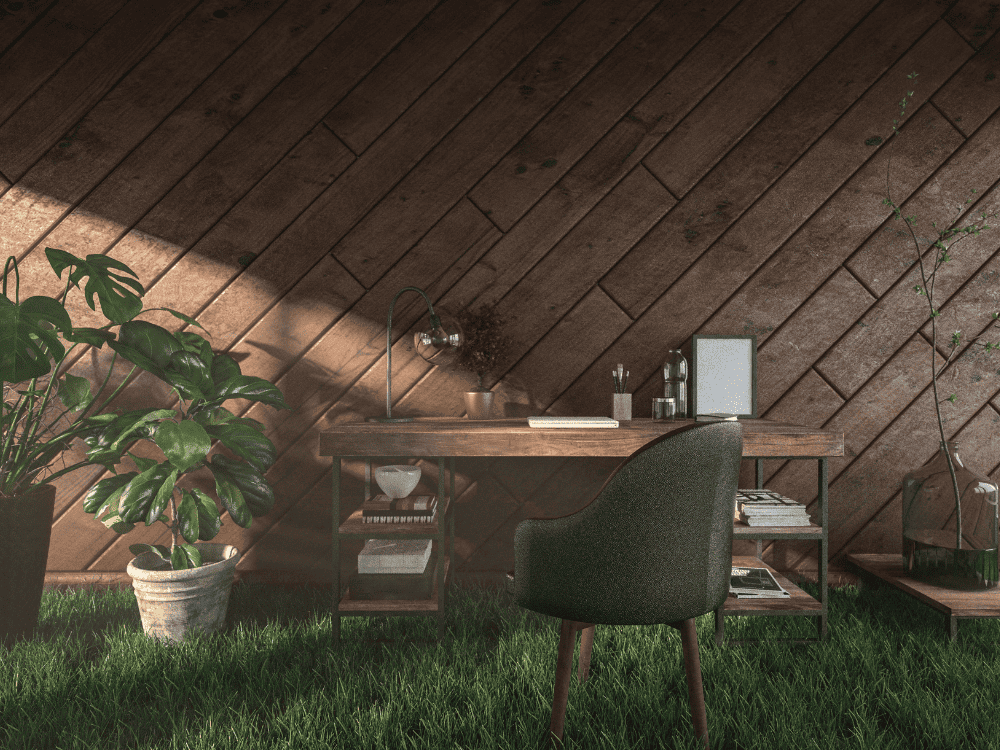
Eco-friendly furniture making is all about creating furniture in a way that’s kind to the environment. It involves using materials that are eco-friendly, adopting processes that reduce waste and pollution, and designing products that are efficient and long-lasting.
In simpler terms, eco-friendly furniture making means making furniture while being mindful of how it impacts the world around us. It’s about choosing materials and methods that are sustainable and don’t harm the environment.
This approach to furniture making focuses on three main things: using green materials, employing eco-friendly processes, and designing smartly. Let’s delve into each of these aspects to understand them better.
Why Does Eco-Friendly Furniture Matter?
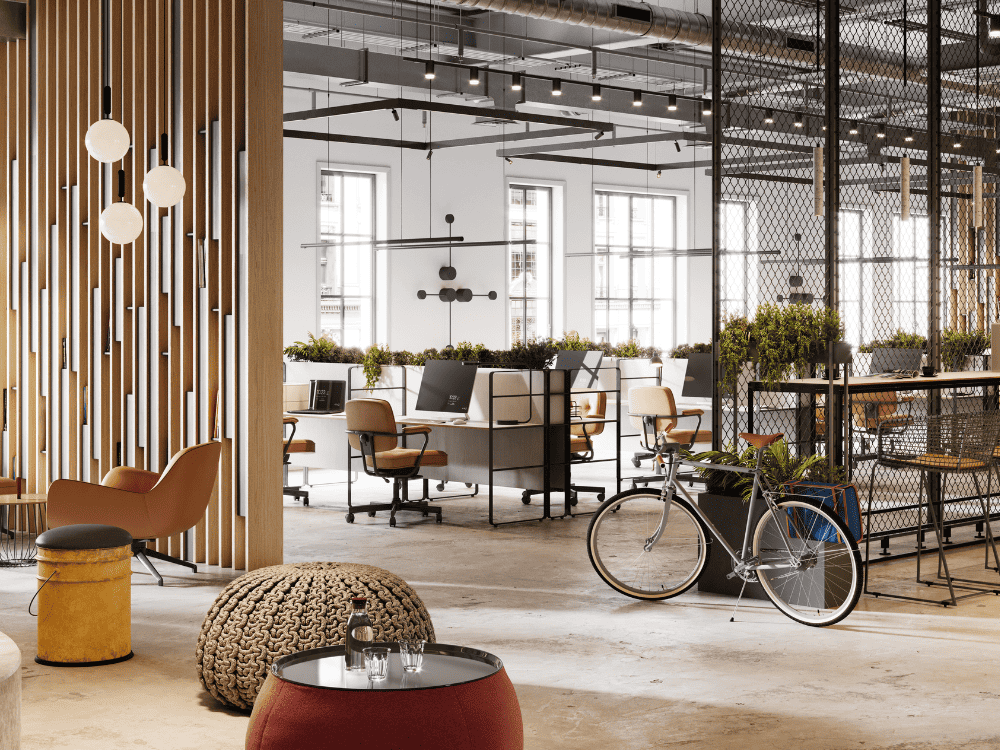
- Preserving the Environment: Eco-friendly furniture matters because it helps in preserving our precious environment. By using sustainable materials and processes, we can reduce the negative impact of furniture production on ecosystems, wildlife, and natural resources.
- Helping Combat Climate Change: Making furniture sustainably plays a role in fighting climate change. Traditional furniture manufacturing methods often release harmful greenhouse gases into the atmosphere. Eco-friendly practices help lower these emissions, contributing to a healthier planet.
- Caring for People Involved in the Process: Eco-friendly furniture making also cares for the people involved in the process. It promotes fair labor practices, ensuring that workers are treated ethically and work in safe conditions. By prioritizing the well-being of workers, we create a more just and humane industry.
- Bringing Economic Benefits: Embracing eco-friendly furniture making can bring economic benefits too. It creates opportunities for local communities and small businesses, fostering economic growth in a sustainable way. Additionally, by reducing waste and energy consumption, it can lead to long-term cost savings for both manufacturers and consumers.
Green Materials for Making Furniture
What are Sustainable Materials?

Sustainable materials are those that are sourced and produced in a way that minimizes harm to the environment. They are renewable, recyclable, and have a lower ecological footprint compared to traditional materials.
Why Using Them is Better?
Using sustainable materials is better for the environment because it reduces the exploitation of natural resources, minimizes pollution, and supports ecosystems. Additionally, sustainable materials often have lower carbon emissions and contribute to a healthier planet overall.
If you are searching for the same…..I would love to show you our wide range of furniture that is best for you…You can visit our website Meubles Inde for that.
Types of Sustainable Materials in Furniture Making
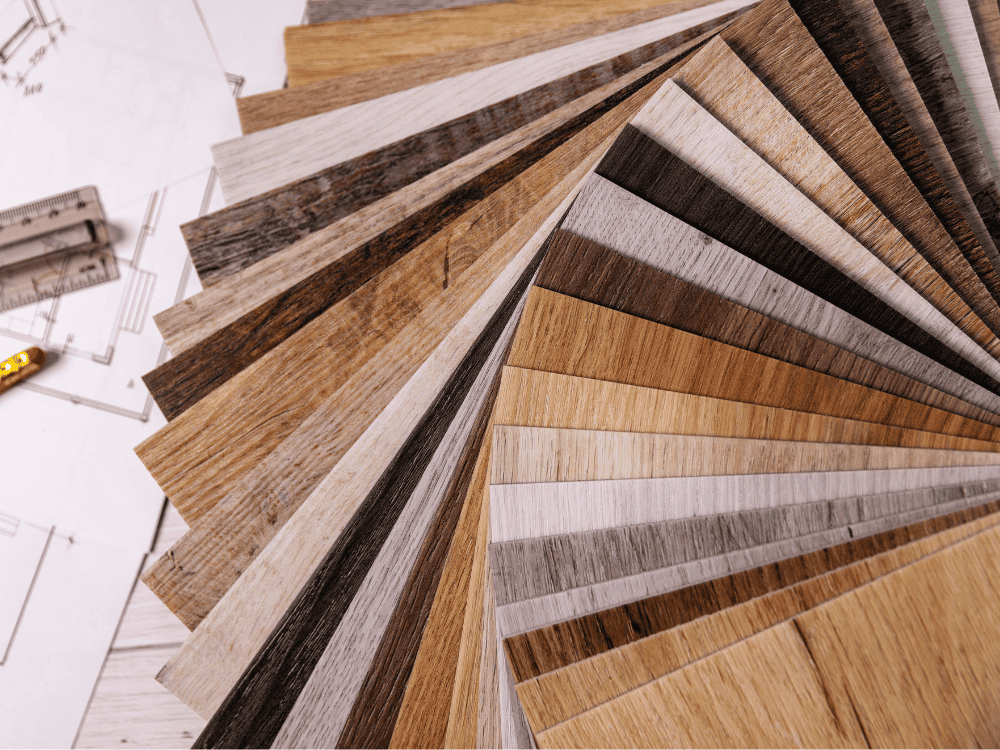
- Bamboo:
- Description: Bamboo is a fast-growing, renewable resource that’s used extensively in furniture making.
- Advantages: It’s durable, lightweight, and has a unique texture that adds character to furniture designs.
- Example: Bamboo is commonly used in making chairs, tables, and flooring due to its strength and versatility.
- Reclaimed Wood:
- Description: Reclaimed wood is salvaged from old buildings, bridges, and other structures that are no longer in use.
- Advantages: It’s a sustainable alternative to traditional wood, adding a rustic or vintage look to furniture pieces.
- Example: Reclaimed wood is often used in crafting tables, shelves, and decorative accents for its unique character.
- Recycled Plastic:
- Description: Recycled plastic is made from post-consumer waste, such as plastic bottles and containers.
- Advantages: It’s durable, easy to clean, and reduces the amount of plastic waste in landfills and oceans.
- Example: Recycled plastic is used in making outdoor furniture, chairs, and storage bins due to its weather-resistant properties.
- Natural Rubber:
- Description: Natural rubber is derived from the sap of rubber trees and is used in furniture cushions and soft furnishings.
- Advantages: It’s biodegradable, non-toxic, and has excellent cushioning properties.
- Example: Natural rubber is commonly used in making mattress toppers, pillows, and upholstery for its comfort and sustainability.
- Organic Cotton:
- Description: Organic cotton is grown without the use of harmful pesticides and chemicals, making it an eco-friendly alternative to conventional cotton.
- Advantages: It’s soft, comfortable, and biodegradable, reducing the environmental impact of furniture textiles.
- Example: Organic cotton is used in making sofa covers, pillowcases, and curtains for its natural and breathable properties.
- Cork:
- Description: Cork is harvested from the bark of cork oak trees and is known for its lightweight, durable, and water-resistant qualities.
- Advantages: It’s a renewable resource that promotes sustainable forestry practices and is ideal for furniture pieces exposed to moisture.
- Example: Cork is used in making flooring tiles, coasters, and tabletops for its natural beauty and sustainability.
Methods Used in Sustainable Furniture Making
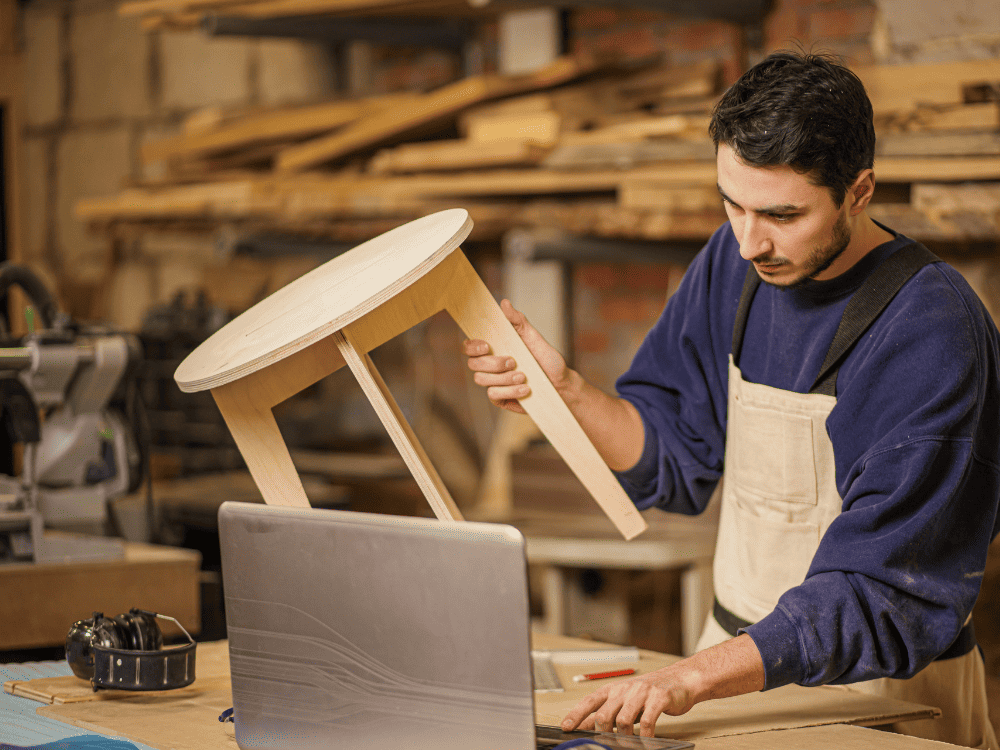
- Efficient Production:
- Description: Streamlining manufacturing processes to minimize waste and energy consumption.
- Benefits: Reduces environmental impact and production costs while increasing overall efficiency.
- Example: Implementing lean manufacturing principles to optimize workflow and resource usage.
- Recycling Materials:
- Description: Reusing materials or repurposing waste to minimize environmental impact.
- Benefits: Reduces the need for virgin materials and diverts waste from landfills.
- Example: Using reclaimed wood or recycled plastic in furniture production to give new life to discarded materials.
- Ethical Sourcing:
- Description: Ensuring fair labor practices and responsible sourcing of materials.
- Benefits: Supports workers’ rights and promotes sustainable resource management.
- Example: Partnering with suppliers who adhere to ethical labor standards and environmentally-friendly harvesting practices.
- Using Renewable Energy:
- Description: Powering manufacturing facilities with sustainable energy sources like solar or wind power.
- Benefits: Reduces greenhouse gas emissions and dependence on fossil fuels.
- Example: Installing solar panels on factory rooftops to generate electricity for machinery and lighting.
- Designing for Recyclability:
- Description: Creating products with easily recyclable components to facilitate end-of-life disposal.
- Benefits: Promotes a circular economy by ensuring materials can be reused or repurposed.
- Example: Designing furniture with modular components that can be disassembled and recycled at the end of their lifespan.
Cool Designs and Tech in Eco-Friendly Furniture
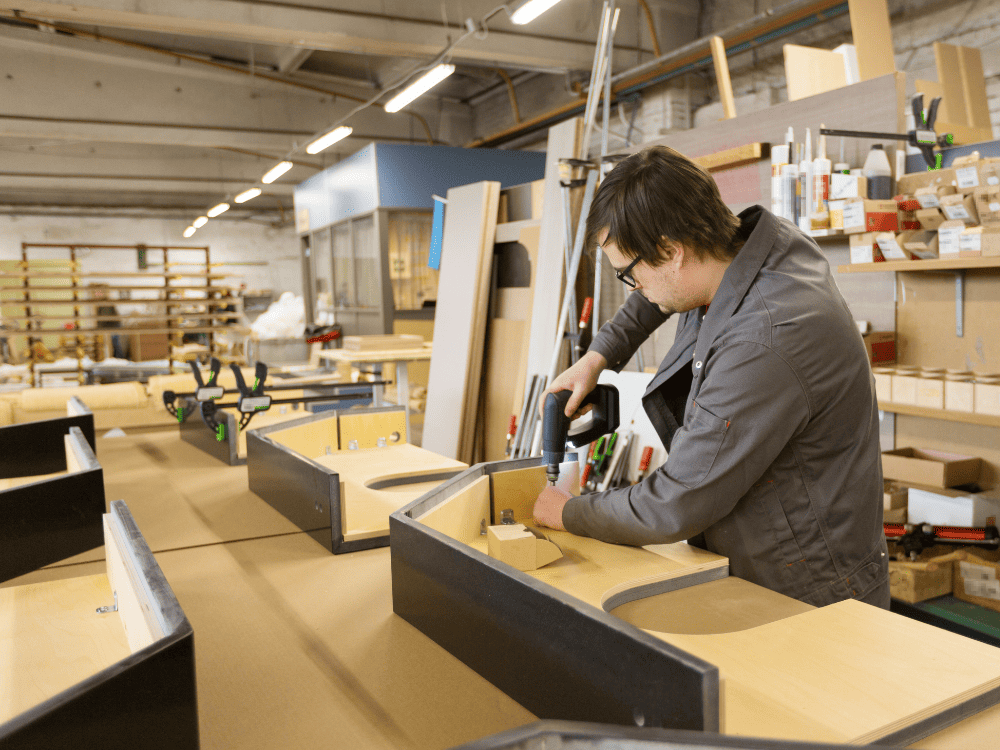
- 3D Printing:
- Description: Utilizing additive manufacturing technology to create furniture pieces layer by layer from digital designs.
- Benefits: Reduces material waste, enables intricate designs, and allows for customization.
- Example: Crafting chairs and tables with intricate lattice patterns using 3D printing technology, minimizing material usage.
- Recyclable Materials:
- Description: Incorporating materials that are easily recyclable or biodegradable at the end of their lifecycle.
- Benefits: Promotes sustainability by reducing waste accumulation and supporting a circular economy.
- Example: Designing chairs with frames made from recyclable aluminum or using biodegradable materials for upholstery.
- Modular Design:
- Description: Creating furniture with interchangeable or modular components that can be easily assembled, disassembled, or rearranged.
- Benefits: Enhances flexibility, longevity, and adaptability of furniture while minimizing waste from disposal.
- Example: Constructing shelves with modular units that can be rearranged to accommodate changing storage needs, reducing the need for new furniture purchases.
- Sustainable Textiles:
- Description: Using fabrics made from organic, natural, or recycled materials that are environmentally friendly.
- Benefits: Reduces the environmental impact of furniture by promoting ethical sourcing and reducing reliance on non-renewable resources.
- Example: Upholstering sofas and chairs with cushions made from recycled polyester or fabric woven from organic cotton.
- Smart Manufacturing:
- Description: Implementing advanced technologies such as robotics and AI to optimize manufacturing processes.
- Benefits: Improves efficiency, reduces energy consumption, and minimizes errors in production.
- Example: Incorporating robotic arms into assembly lines to precisely cut and shape wood for furniture components, increasing production efficiency and accuracy.
- Circular Design:
- Description: Designing furniture with a focus on circularity, ensuring materials can be easily reused, repaired, or recycled.
- Benefits: Supports a closed-loop system where products have minimal environmental impact throughout their lifecycle.
- Example: Creating chairs with interchangeable parts and materials sourced from renewable or recycled sources, enabling easy repair and recycling to extend product lifespan.
Why People Want Eco-Friendly Furniture
Why Consumers Are Asking for It?
- Environmental Consciousness: Increasing awareness of environmental issues prompts consumers to seek furniture options that minimize ecological impact.
- Health Concerns: Growing awareness of harmful chemicals in traditional furniture materials drives demand for healthier, eco-friendly alternatives.
- Social Responsibility: Consumers prioritize supporting companies with ethical practices, including sustainable sourcing and fair labor conditions.
- Aesthetic Appeal: Eco-friendly furniture is now recognized for its stylish designs, dispelling the notion that sustainability compromises aesthetics.
Challenges Faced by Furniture Makers in Meeting This Demand

- Cost Implications: Eco-friendly materials and processes can be costlier, posing challenges for manufacturers to offer competitively priced products.
- Supply Chain Constraints: Sourcing sustainable materials and ensuring ethical practices throughout the supply chain can be logistically challenging.
- Consumer Education: Many consumers still lack awareness of the benefits of eco-friendly furniture, hindering widespread adoption.
- Regulatory Hurdles: Compliance with environmental regulations and certifications adds complexity and costs to production processes.
Ways the Industry Can Do Better
- Innovative Solutions: Continued research and development into eco-friendly materials and manufacturing processes can drive down costs and improve accessibility.
- Education and Awareness: Increased efforts to educate consumers about the benefits of eco-friendly furniture can expand the market.
- Collaboration: Collaboration between industry stakeholders, including manufacturers, suppliers, and policymakers, can streamline processes and overcome challenges.
- Transparency: Providing transparent information about the sourcing, production, and environmental impact of furniture can build consumer trust and loyalty.
Conclusion
Eco-friendly furniture is crucial for preserving the environment, combating climate change, supporting ethical practices, and promoting healthier living spaces.
By choosing eco-friendly furniture, consumers can contribute to a healthier planet and support companies that prioritize sustainability and ethical practices. Together, we can create a more sustainable future for generations to come.




